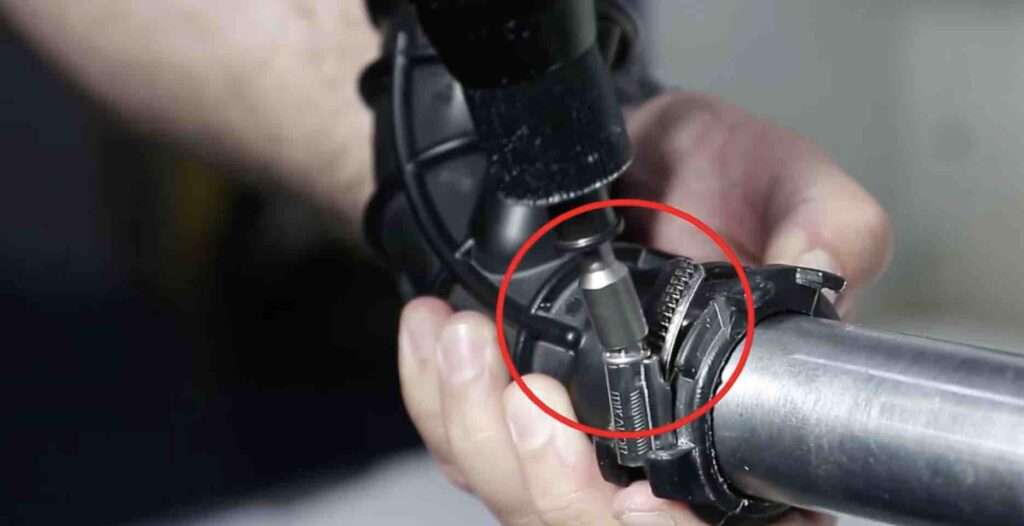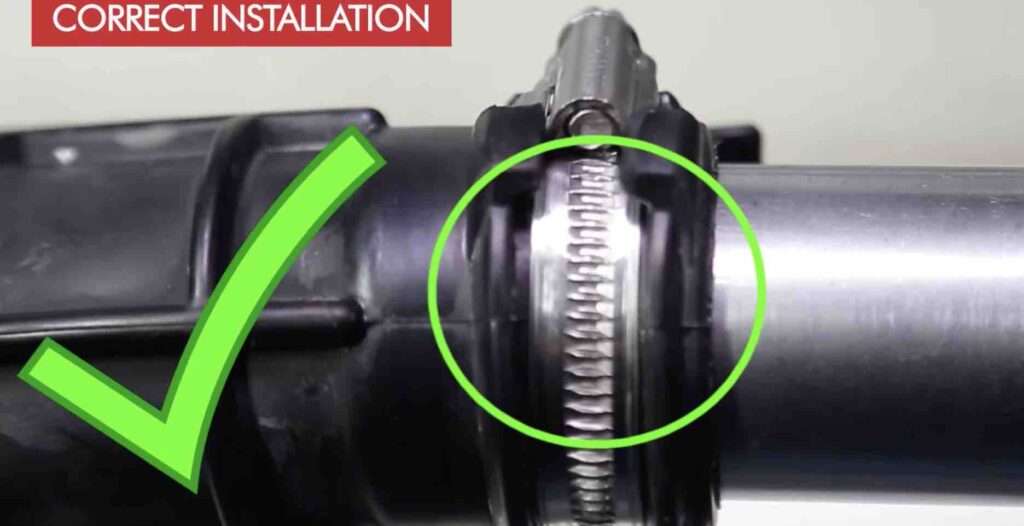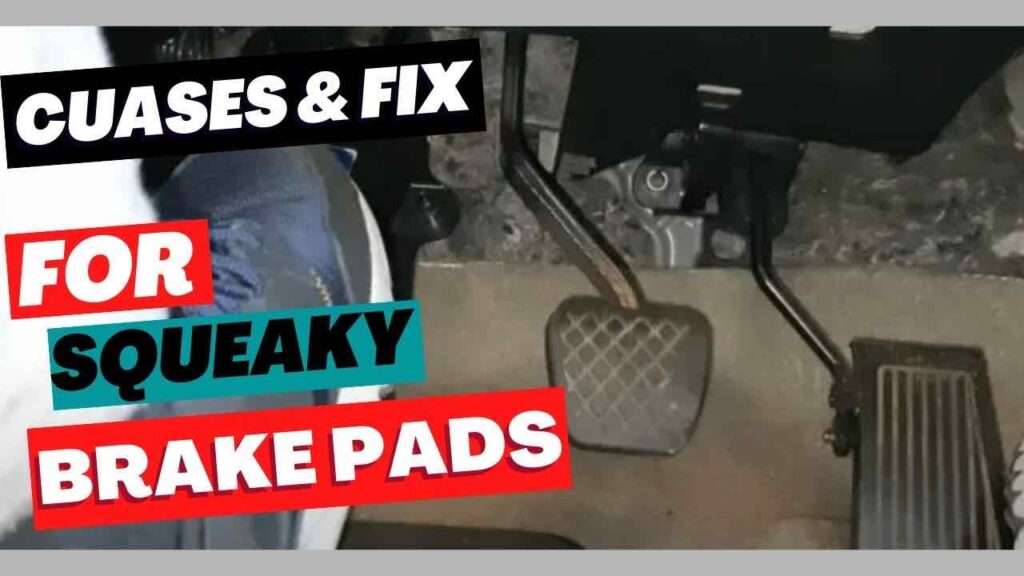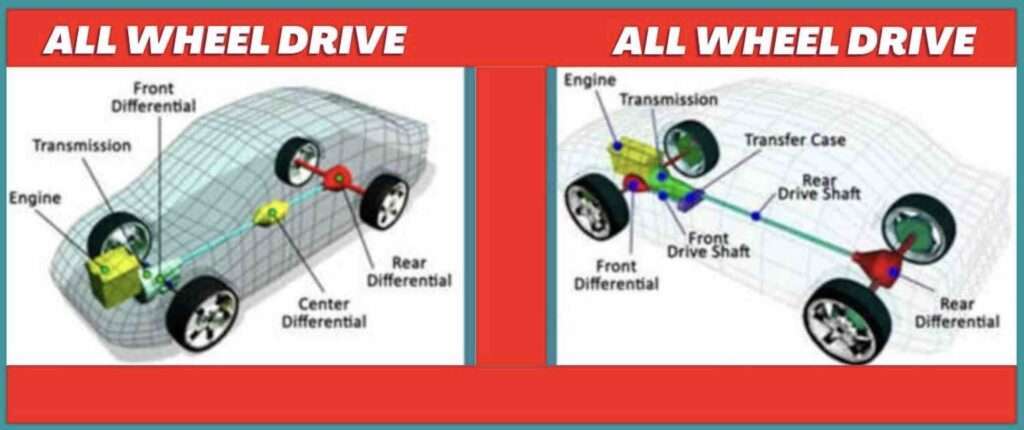Last updated on December 14th, 2022 at 08:24 am
Hose clamps are used to connect two pieces of tubing. These clamps help prevent leaks in hoses. Do you know how to tighten a hose clamp? If you do not, don’t worry; I will list the steps and other things that you will need to know about the hose clamps.
Some hose clamps consist of a metal band encircles the pipes and a set screw that holds the band in place. Their sizes, compositions, and housing options are varied.
To use a hose clamp, slide the band over the ends of the pipes and then tighten the set screw. When tightening the set screw, make sure not to over-tighten it. If you do, the clamp may break off. Related article: Types of Hose Clamps and How to Remove Them

How to tighten a hose clamp
You can use a flat-head screwdriver or a wrench to tighten the clamp. Next, switch the clamp clockwise until it’s tight.
After that, slide the clamp onto the hose. Make sure the hose isn’t twisted before sliding it onto the fitting.
When done, tighten the bolt. To do this, turn the bolt circular until the connection is secure. Turn the ratchet until the hose clamp is snug.
How tight can you tighten a hose clamp?
It would be best to tighten the hose clamps until they are secure, but not so much as to make removal difficult. Too much tightening can cause the hose to split at the point where it meets the clamp, causing leaks.
How can one tell if the hose clamp is too loose or tight? If your clamp isn’t holding onto the hose properly, it may be loose. If it’s too loose, it might fall off while using it. If it’s too tight, it could tear the hose apart.
The best way to tighten a hose clamp on a hose is to wrap it around it and then pull it down until it’s snugged. Then, loosen the clamp slightly and repeat the process.
How to tighten a dryer hose clamp
To tighten a dryer hose clamp, take the following steps:
- Use the hex screwdriver to loosen the clamp from the hose.
- The next step is to shift the dryer to the position you want.
- Extend the duct
- Find out the exact length before you screw.
- Tighten the clamp using the slot or hex screwdrivers
- Test the system to make sure everything works properly

Can you over-tighten hose clamps?
It is not advised to over-tighten hose clamps. If the hose clamps are too tight, you may damage the rubber gasket inside the clamp, which can cause leaks and even breakage.
How to Use a Hose Clamp
Step 1: Remove the cap from the end of the hose.
Step 2: Insert the hose into the body of the clamp.
Step 3: Tighten the nut on the pipe.
Step 4: Repeat steps 1–3 until the hose is secured tightly.
Note: Hose clamps have two parts: the body and the nut. The body is the part that holds the nut in place. To attach the nut to the body, press down on the nut until it snaps into place.
When using a hose clamp, make sure the end of the hose does not touch the clamp. If it does, the hose may break.
Do hose clamps loosen over time?
Hose clamps are commonly used to secure hoses to fixtures, pipes, and fittings. However, they do have their drawbacks. Over time, the rubber band inside the clamp may become loose and cause the hose to slip off. If this happens, you’ll need to tighten the hose back down again.
To prevent this from happening, use a hose clamp designed to stay tight. If you notice that the hose clamp is loosening, you need to tighten it down. You can use pliers to grab the clamp and pull it tight. You can also use a screwdriver to open the clamp and close it again.
How tight should coolant hoses be?
A coolant hose should not be too tight and have no cracks, tears, or holes. If you notice any of these issues, you must replace the hose immediately. You want to ensure that the hose is flexible enough to allow for proper flow but not so loose that it could potentially cause leakage.
If the hose feels hard, then it’s time to replace it. You may want to use a hose clamp instead of duct tape if you don’t have access to a shop vac. In addition to tightening them, ensure they are not twisted or bent. If they are twisted, then they will become brittle and break easily.
How tight should clamps be?
Ordinarily, clamps are not meant to be overly tight. Mainly, you tighten them until they feel snug. But how tight should we make them? You need to understand the right amount of pressure to get the best results.
Around 250 psi is the suggested pressure for the majority of joints. That’s about 15 pounds per square inch (PSI).
Using a hand-held air compressor, you’ll want to keep the pressure at around 200 PSI. You may need to use a higher pressure if you have a larger joint or are working with a smaller one.
A hand-held air compressor is ideal for getting the job done. It’s portable, lightweight, and affordable.
Should my top radiator hose be tight?
Top radiator hose clamps should not be tightened too much. If tightened too much, the rubber will break down internally. If you’re using a hose clamp, make sure to use a hose clamp designed for the size of the hose you’re using.
Hose clamps are generally sized according to the diameter of the hose they are intended to fit. A good rule of thumb is to measure the circumference of the hose at two points about six inches apart and then choose a clamp that fits between those measurements.
Conclusion
A hose clamp should fit in and not be too tight. Size and type of hose clamps are decisive factors to consider when buying a hose clamp. If you have a loose hose clamp, you should tighten it.
If you don’t know how to tighten a hose clamp, follow the steps discussed in this post, or get a professional to get the job done. How to tighten a hose clamp

Uchenna is a Radiographer and Auto parts mechanic who recently got his automotive diploma as an auto repair technician, and since then, has worked on fixing various car problems.
Working as just a radiographer, Uchenna didn’t just get all the fulfillment he desired, because he truly loved doing things tilted toward cars. As a kid, he would take apart his toy cars to see how they worked and would spend hours tinkering with his bike.
So, in 2017 he made the tough decision to become an auto mechanic. He threw himself into his studies and now loves every aspect of what he does.
He gets to work with his hands, solving problems and bringing cars back to life, and sharing his knowledge and easy quick-fix guide online are all part of what makes him feel fulfilled.



